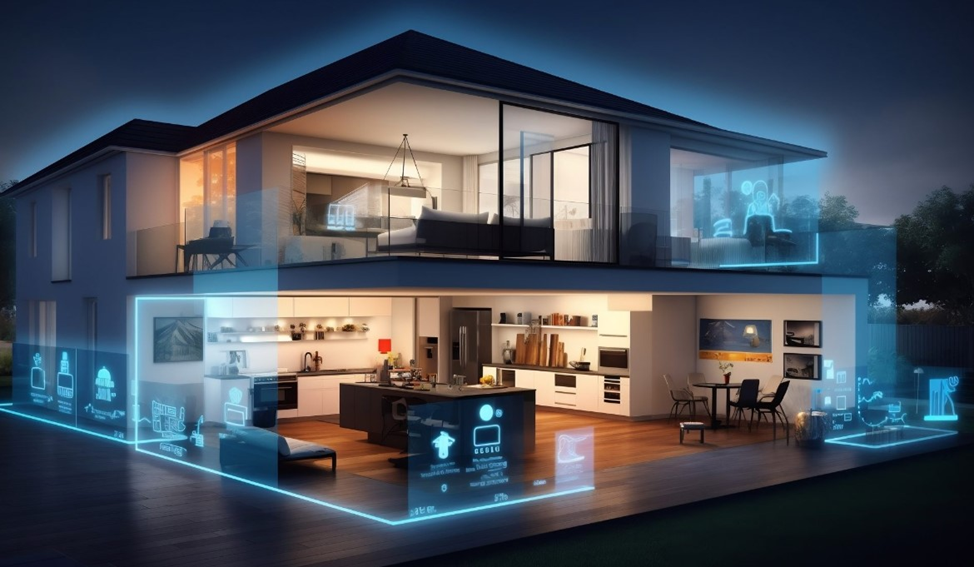Commercial architecture is undergoing a radical transformation driven by rapid technological advancement. From how buildings are conceptualised to how they are constructed and managed, modern technology enables commercial architects to create smarter, more sustainable, and aesthetically pleasing structures. For those searching for commercial architects in Sydney or commercial architecture firms near me, understanding these technological trends is key to recognising how they are revolutionising the industry.
The article discusses how technology is revolutionising the commercial architecture industry, from advanced design software and smart materials to AI, robotics, and smart building technology, enhancing efficiency, sustainability, and client collaboration.
Advanced Design Software and Visualisation
The most significant technological advancements in commercial architecture are advanced design software like Building Information Modeling (BIM). BIM allows architects to create highly detailed 3D models of buildings, including structural elements, electrical systems, and plumbing layouts. It allows clients to walk through their buildings using virtual reality (VR) before construction, making it easier to understand and approve designs.
Smart and Sustainable Building Materials
The push for sustainability in architecture has led to the development of smart and eco-friendly building materials. These materials are not only more efficient but also reduce the environmental impact of construction.
Commercial architecture firms near me are adopting these smart materials to meet green building standards and improve the longevity of their structures. This focus on sustainability not only aligns with global environmental goals but also makes commercial buildings more attractive to eco-conscious tenants and investors.
The Role of Artificial Intelligence and Machine Learnin
AI-driven software can analyse large datasets to optimise building designs for energy efficiency, occupant comfort, and construction cost.
In Sydney, where commercial spaces are in high demand and urban planning is complex, commercial architects are leveraging AI to solve design challenges efficiently.
Robotics and 3D Printing in Construction
Robotics and 3D printing automate labour-intensive tasks, making construction faster, more accurate, and safer. Robotic construction equipment can lay bricks, pour concrete, and perform repetitive tasks precisely, thus minimising human error.
3D printing is paving the way for rapid prototyping and the creation of complex architectural elements. By printing components directly on-site, construction timelines can be drastically reduced, and material waste minimised. For commercial architecture firms, these innovations mean they can deliver projects more quickly and cost-effectively.
Smart Building Technology
Smart buildings are equipped with automated systems that control lighting, HVAC, security, and in response to real-time data. These systems improve the occupant experience and make buildings more energy-efficient.
Imagine walking into a commercial space where the lights and temperature adjust to your preferences or where the building’s security system uses facial recognition for access. This is not the future; it is the present, and commercial architects in Sydney are at the forefront of designing these intelligent spaces.
The Impact on Client-Architect Collaboration
Technology is also reshaping the way architects collaborate with clients and stakeholders. Cloud-based platforms allow for seamless communication and real-time updates on project progress.
For example, clients working with commercial architecture firms can log into a digital platform to view updates, give feedback, or suggest changes.
Conclusion
Technology has undoubtedly revolutionised commercial architecture, enabling architects to design smarter, more efficient, and more sustainable buildings. From advanced visualisation tools and AI-driven design to smart construction methods and IoT integration, the possibilities are endless. For anyone searching for commercial architects in Sydney or interested in the latest architectural innovations, technology is the driving force behind modern, impactful, and future-proof commercial spaces.

